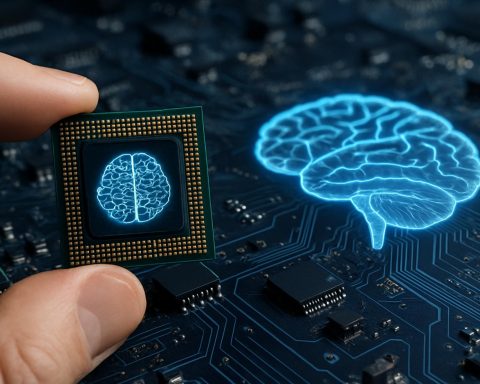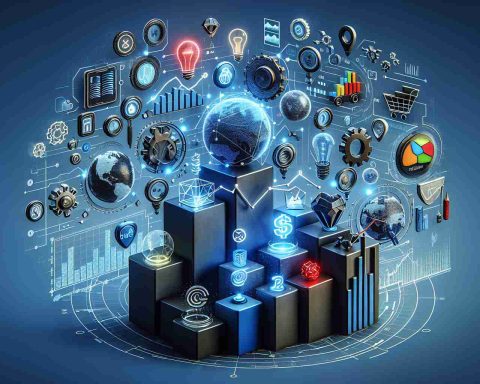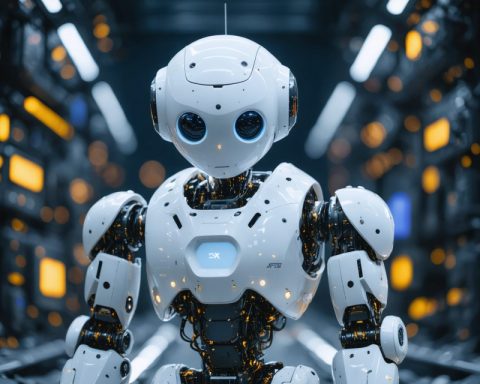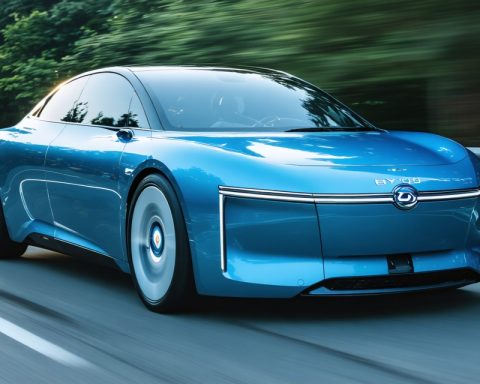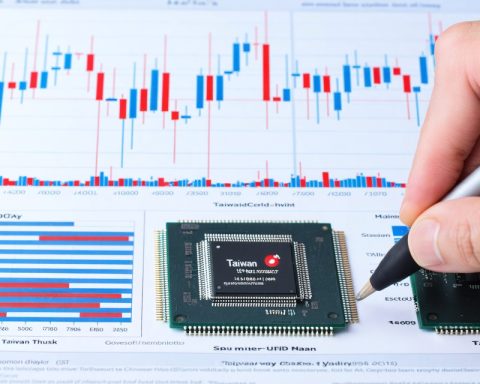- Japan leads global innovation with its advanced robotics in “Society 5.0,” blending cyberspace and physical space.
- Robots are now part of daily life, enhancing quality by respecting cultural nuances and being companions rather than mere tools.
- Notable innovations include elderly care robots and agricultural drones, addressing societal needs like aging and food shortages.
- The telepresence robot Avatarin exemplifies Japan’s unique approach, allowing users remote connectivity for work and leisure worldwide.
- Japan’s robotics showcase a harmonious integration of technology into everyday life, providing a model for future global adoption.
Japan is no stranger to innovation. Its commitment to cutting-edge technology has often placed it at the forefront of global advancements. In recent years, the Land of the Rising Sun is once again asserting its pioneering spirit—this time in the realm of robotics.
Enter the new age of “Society 5.0,” a concept developed by Japan aimed at creating a super-smart society through the fusion of cyberspace and physical space. Part and parcel of this ambitious agenda is the country’s new wave of robotics technology. From elderly care robots that engage in meaningful conversations to advanced agricultural drones designed to tackle food shortages, Japan is transforming the way we think about and interact with machines.
What makes this robotic revolution uniquely Japanese? Their approach leans heavily on human-centric technologies that aim to enhance quality of life while respecting cultural nuances. Unlike conventional industrial robots, which are often confined to assembly lines, these new innovations permeate every facet of everyday life. They aren’t just tools—they’re companions.
One noteworthy example is the telepresence robot Avatarin. This device allows users to project their presence anywhere in the world, offering them the ability to work remotely, attend meetings, or even visit museums while being miles apart.
As we look to the future, Japan’s investment in robotics presents a fascinating case study in how technology can be seamlessly integrated into the fabric of daily living. Its balance of innovation and cultural sensitivity offers a roadmap for other nations aiming to navigate the intricacies of a rapidly digitizing world.
Is Japan’s Robotic Revolution the Blueprint for Future Societies?
Market Forecasts and Insights
Japan’s robotics market is rapidly evolving and is projected to grow significantly in the coming years. According to market analysts, the Japanese robotics industry is expected to be worth over $30 billion by 2025. This growth is fueled by increasing demand for automation solutions in various sectors such as healthcare, agriculture, and manufacturing. The aging population in Japan is also a significant catalyst for the development of eldercare robotics—a segment anticipated to surge in the near future.
Innovations and Key Features
The innovation in Japanese robotics lies in its human-centric design, where robots are not just seen as tools but as companions. Some of the most notable features include:
– Customization for Local Needs: Robots like the caretaker robots are tailored to address specific societal needs such as eldercare, providing services like companionship and assistance with daily activities.
– Advanced Telepresence Technology: Avatarin represents a leap in telepresence robotics, offering seamless connectivity across vast distances, enabling users to participate in activities remotely with an almost physical presence.
Use Cases and Limitations
Use Cases:
– Elderly Care: Robots providing companionship and support for daily activities, improving quality of life for the aging population.
– Agricultural Applications: Drones and other robotic machinery are being used to enhance efficiency in farming, such as planting and harvesting crops.
Limitations:
– Cultural Acceptance: While the integration of these robots is pioneering, widespread cultural acceptance outside Japan might be slow due to differing societal norms.
– High Development Costs: The initial development and implementation costs of these advanced robots are significantly high, posing a challenge for mass adoption.
Key Questions Answered
1. What are the primary sectors benefiting from Japan’s robotics innovation?
Sectors like healthcare, agriculture, and manufacturing are witnessing significant benefits. Healthcare robots are aiding in eldercare, agriculture robots are optimizing farming processes, and manufacturing robots are streamlining production lines.
2. How does Japan ensure cultural sensitivity in its robotics innovation?
Japan integrates cultural nuances into its robotics designs, ensuring that these machines align with societal values and are perceived as companions rather than mere tools. This aspect is achieved through thoughtful design choices and targeted functions that respect and enhance cultural traditions.
3. What challenges might Japan face in exporting its robotic technologies worldwide?
Several challenges include cultural acceptance in different countries, overcoming the high initial costs of these technologies, and adapting robots to suit diverse international needs and preferences.
For more information on Japan’s technological advancements and innovations, visit Japan’s Official Government Portal.




